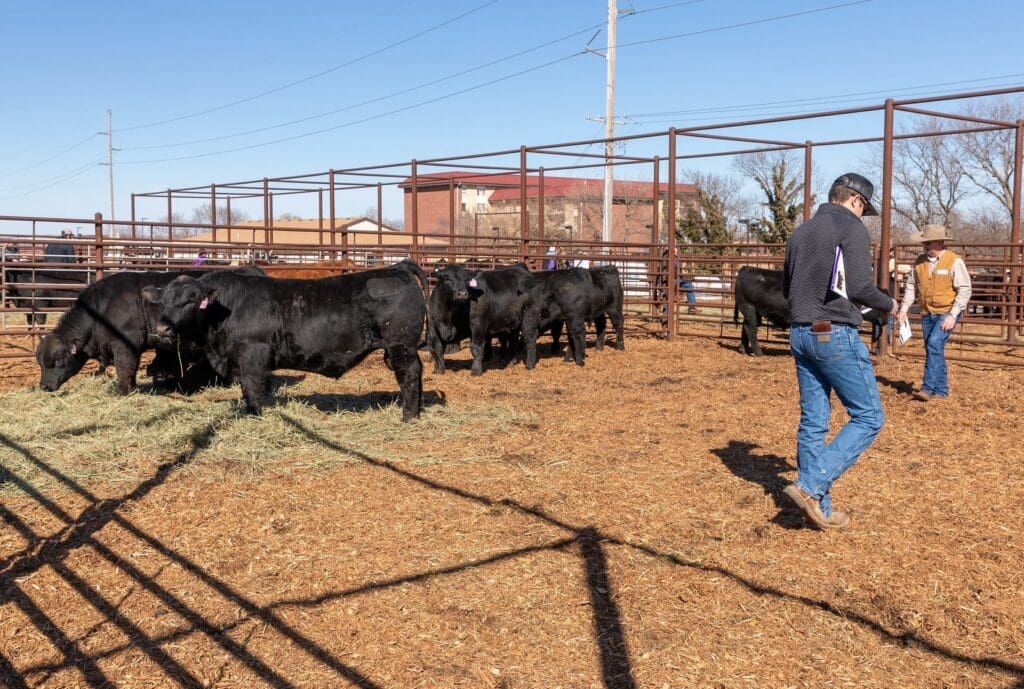By Trish Svoboda
Dan Moser, a beef cattle geneticist at K-State University, recently participated in a Cattle Chat podcast where he addressed a question about the importance of prioritizing information from the Expected Progeny Difference (EPD) over individual data for specific traits like weaning weight or yearling weight.
Moser said that if the individual animal’s data has been submitted to the breed association, the EPD is always going to be more accurate than the individual performance measure. He said more information is calculated into the EPD, and it will factor in the pedigree information from the parents. It also factors in genomics, a DNA test that predicts the animal’s genetic traits.
Moser explained that even if the EPD has low accuracy, it already includes the trait measurement, so producers can use the EPD to gather information about that trait. The calculation of EPDs varies among cattle breeds. Therefore, Moser advised producers to review the possible change table for each trait to understand the associated risk level.
“Even though the accuracies appear low, by looking at the possible change table, producers can calculate the amount of risk they want to take on for any given trait,” Moser said. “The accuracy is reflecting the information that is available at the time of calculation and the prediction may change as more information comes into the equation.”
Moser provided an example where the performance data of an animal’s offspring is incorporated into the calculation.
Although the genetics of the bulls remain constant, their Expected Progeny Differences (EPDs) evolve as more information about them is factored into the equation.
Breeding choices can significantly impact the herd over the long term. It’s important to carefully examine the data, as the most successful cowherds are the result of numerous wise decisions made consistently over the years.













